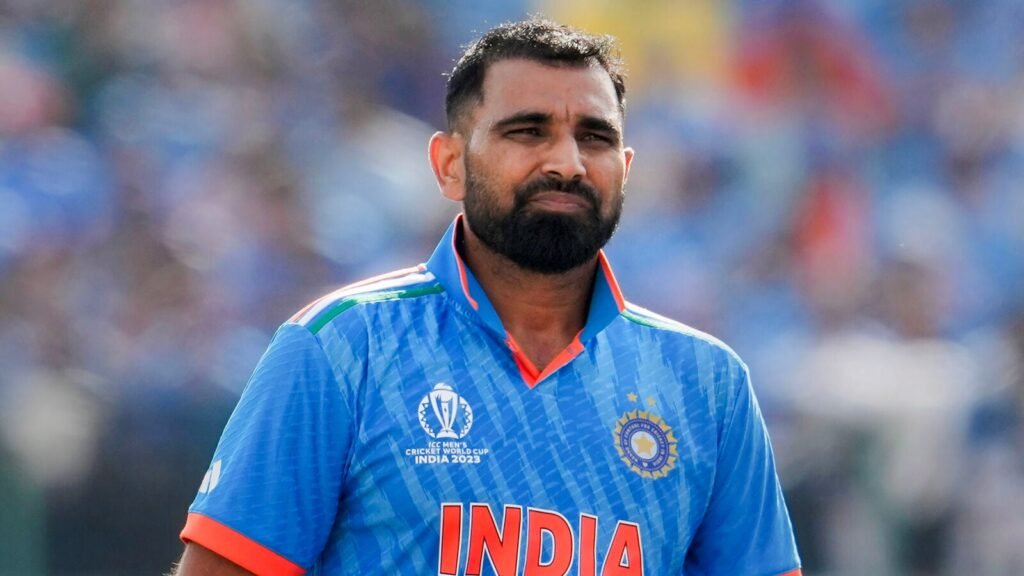
Indian pace spearhead Mohammad Shami has made a strong appeal to the International Cricket Council (ICC), requesting that bowlers be allowed to apply saliva on the ball again. The veteran fast bowler believes that the ban on using saliva, which was imposed in 2020 due to COVID-19 concerns, has significantly affected the art of reverse swing, making it harder for pacers to exploit old-ball conditions. Shami’s remarks have reignited the debate on whether cricket should return to its traditional ball-maintenance methods to restore balance between bat and ball.
The Saliva Ban and Its Impact on Reverse Swing
Before the pandemic, bowlers commonly used saliva to shine one side of the ball, helping generate conventional swing early in the innings and reverse swing in the later stages. However, with health concerns rising during COVID-19, the ICC introduced a temporary saliva ban, which was later made permanent in 2022. Since then, bowlers have had to rely solely on sweat to shine the ball, which, according to many pacers, does not produce the same level of swing—especially in dry conditions where reverse swing was once a major weapon.
Shami, who has been one of India’s premier fast bowlers across formats, argues that the ban has tilted the game further in favor of batters. “Reverse swing is a dying art now,” he said in a recent interview. “Saliva was essential to maintaining the ball and getting movement, especially in subcontinental conditions where pitches don’t offer much assistance to fast bowlers after the first few overs.”
The Struggles of Fast Bowlers Post-Saliva Ban
Since the saliva ban, many pacers have struggled to extract the kind of movement they once did with the old ball. Reverse swing, which was a crucial factor in Test cricket, especially on abrasive surfaces in Asia, has become less effective. Traditionally, bowlers like Wasim Akram, Waqar Younis, Dale Steyn, and Shami himself have relied on reverse swing to trouble batters in the latter half of an innings.
With the current regulations in place, teams have been forced to look for alternative ways to generate movement, such as maintaining better seam position, varying their lengths, and using cross-seam deliveries. However, these adjustments have not fully compensated for the loss of reverse swing, leading to higher scoring rates in recent years.
Should ICC Reconsider the Saliva Ban?
Shami’s request has sparked discussions within the cricketing fraternity about whether the ICC should reconsider the saliva ban, especially now that the COVID-19 threat has subsided. Several former cricketers and experts have echoed similar sentiments, emphasizing that bowlers need more assistance to counter the dominance of modern-day batters.
While the ICC has remained firm on the rule so far, growing pressure from fast bowlers and cricketing nations might prompt a review in the future. If the governing body decides to reintroduce saliva for ball maintenance under controlled conditions, it could bring back one of the most fascinating aspects of fast bowling—reverse swing.
For now, pacers like Shami will have to continue adapting, but his plea is a reminder that cricket must evolve in a way that maintains a fair contest between bat and ball.
For more news updates, follow 12B Sports India Facebook .

